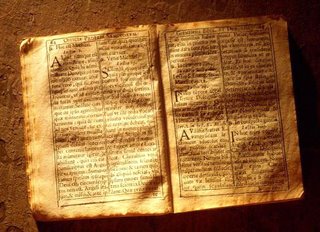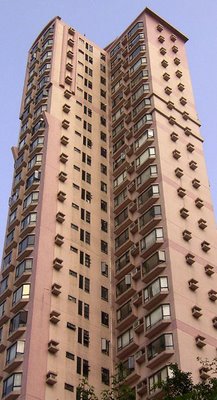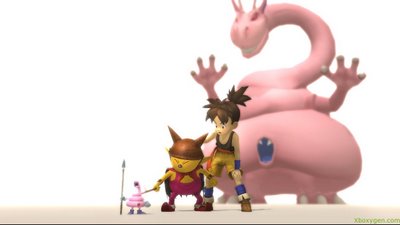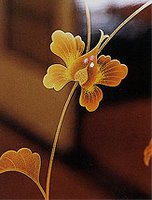 Shikki
Shikki (lacquerware) is a highly developed and much appreciated art in Japan. Obtained from the sap of the lacquer tree (well duh!).
Urushi (lacquer) is well respected because of it's ability to decorate an object while at the same time waterproofing and providing protection from moths and decay.
So basically lacquer can most things sexy and safe at the same time, too bad it doesn't work on people.Creating
Shikki is most definitely a labour of love, requiring the applying of over 20 to 30 coats of various kinds of lacquer by hand onto a wooden surface. Not only that by extreme sagely patience is needed as after each coat layer, the object is left to dry and cure in a warm place for about a week before the next layer of coat can be applied. Finally the end result is rubbed and kissed with charcoal to enhance it's luster and translucence.
AND people thought raising kids was hard!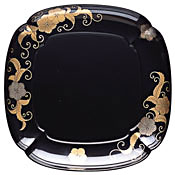

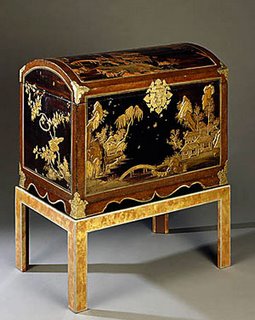

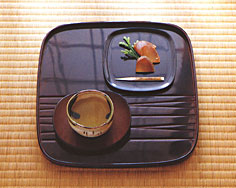
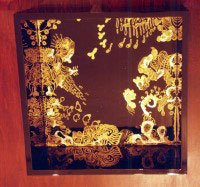
Wajima City (circled on map) has been famous for producing lacquerware for at 500 years. Located at the northern end of the Noto Peninsula facing the Japan Sea. Wajima was once a major port. The chiefs of lacquerware producers, called Nushi, travelled from there by boat to trade with wealthy merchants and farmers from around the country. In the golden age of the lacquer industry, lacquer guilds exchanged information about customers, helped improve techniques through friendly rivalries, and cultivated the nushi culture.

Wajima City also has it's own lacquerware museum, containing the most beautiful treasure of a the days gone by. Although there are many places in Japan that surpass Wajima in lacquerware sales, rest assured that the very best quality and traditional stuff can only be found in this very city. Not only that but the city probably has coolest manholes on earth! CHECK OUT THE PICS The folks certainly take their craft seriously there!
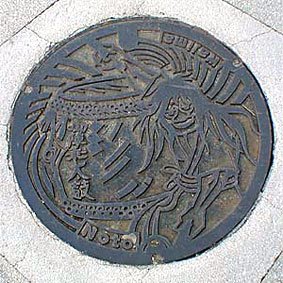
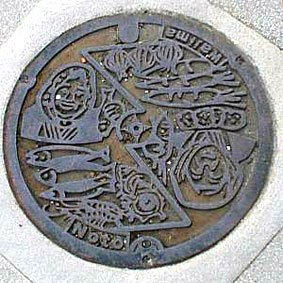

Some random japanese monster thanks you for reading!! You're now one of his friends, he will give gifts of lacquerware to you if you do the same for him!

